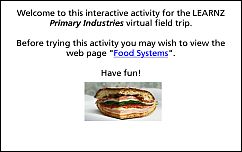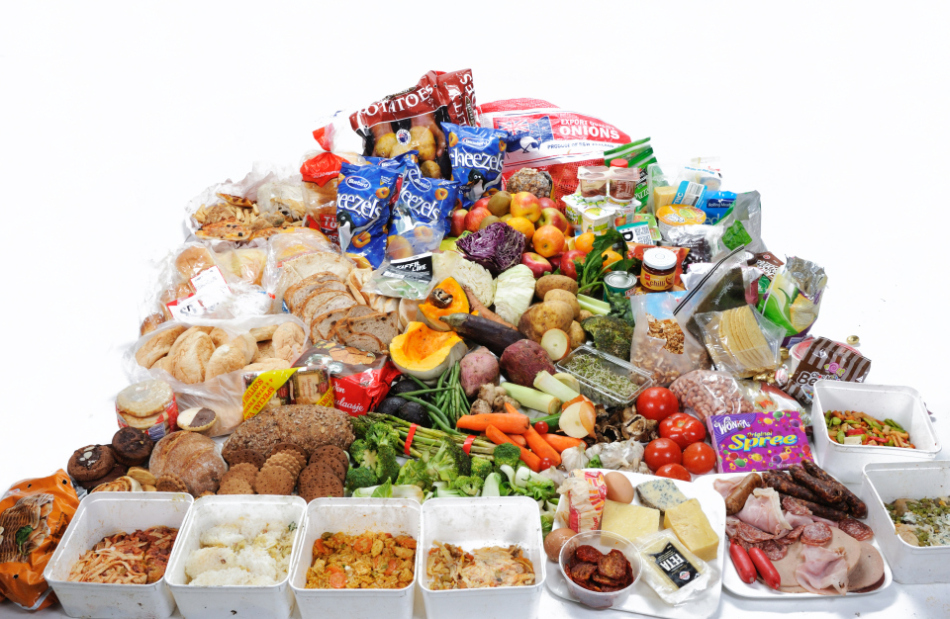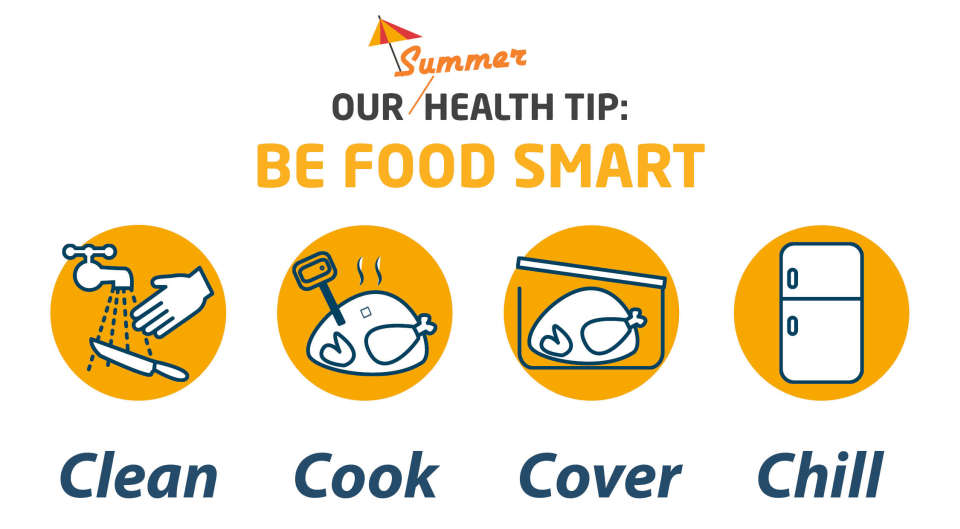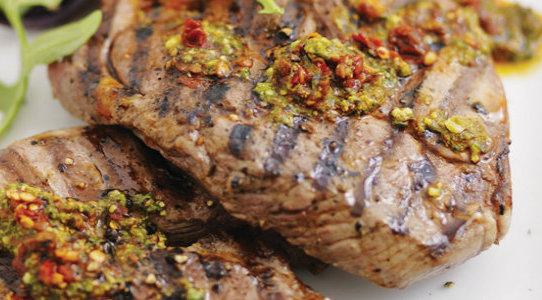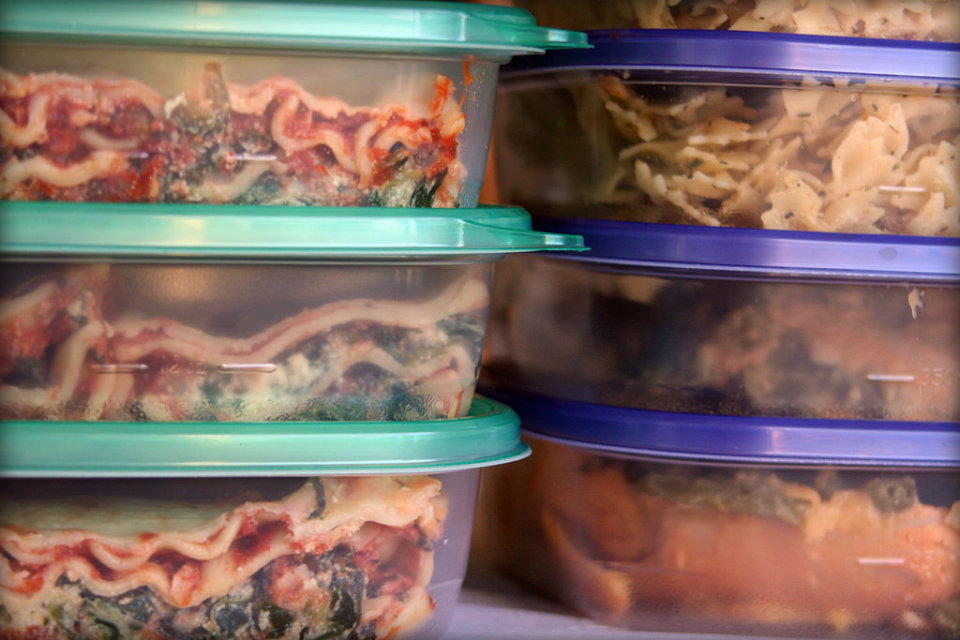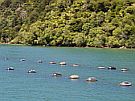Food safety is important to everyone. The Ministry for Primary Industries manages New Zealand's food safety system. This system has been set up to protect the health and wellbeing of consumers here and overseas. It helps guard the international reputation of New Zealand food products and sets and monitors food standards.
The Food Act 2014
Everyone working in the food industry has a responsibility to make sure that the food they make or sell is safe and suitable to eat. The Food Act 2014 came into force on 1 March 2016. The new law depends on the type of food you make, rather than where you make it and focuses on areas where the risk to food safety is greatest.
The Act protects consumers from:
- unsafe food
- businesses that do not identify ingredients that can cause allergic reactions
- unethical food operators
- misleading or inaccurate labelling.
Breaches of the food act can result in anything from advice and guidance, to fines or the shutting down of a business.
Tips for food Safety
Every day, over 500 New Zealanders get food poisoning. Following handwashing rules and the 3 Cs – clean, cook, and chill – can help keep you safe from bugs in food.
Handwashing is one of the best ways to prevent pathogens (harmful bugs) from spreading to your food.
How to wash your hands
- Use soap and warm running water, rubbing vigorously, for 20 seconds.
- Clean under each fingernail using soap and a nail brush.
- Dry your hands for 20 seconds using a clean dry towel, or paper towel.
You should wash your hands after: 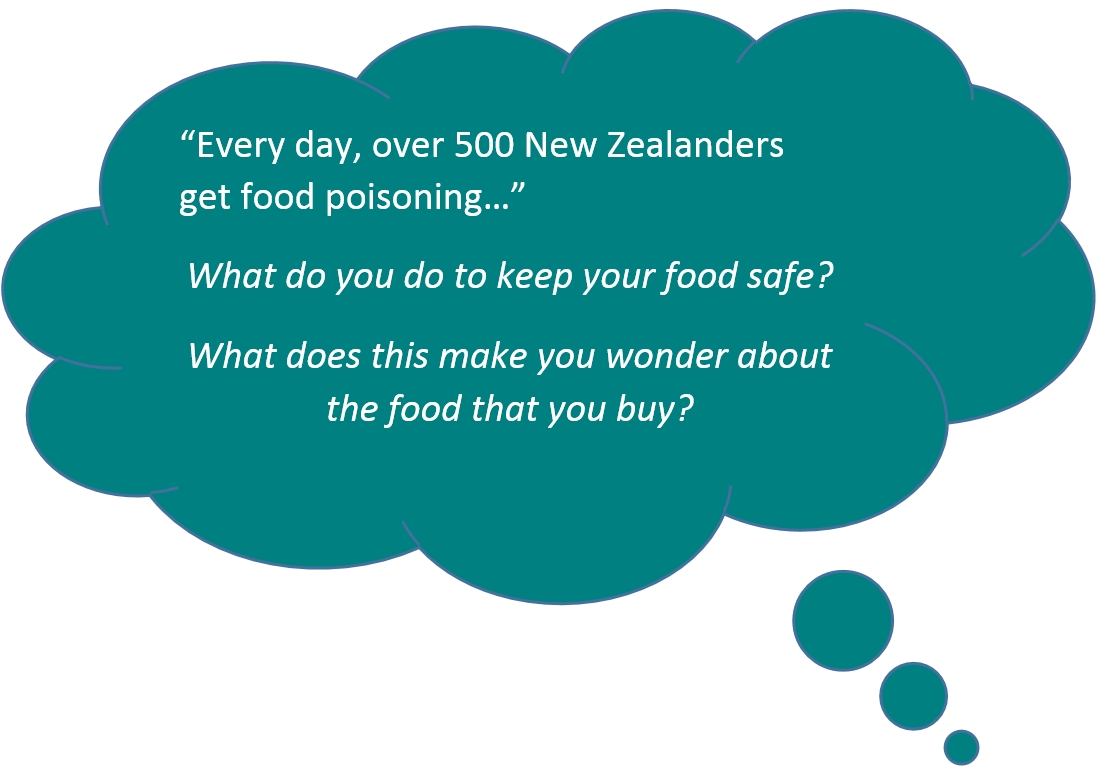
- handling raw meat and poultry
- going to the toilet or changing nappies
- handling pets or animals
- gardening
- other activities that make your hands dirty.
Clean
Good food hygiene starts with clean hands, but it’s also important to make sure your cooking area and tools are clean.
- Wash surfaces, chopping boards and utensils (like knives) with soap and water and rinse in clean water:
- before you use them to handle and prepare food
- between preparation of raw and cooked foods. - Benches and boards – wipe with a dilute solution of bleach (1 teaspoon of bleach in 2 litres of water) after cleaning.
- Carefully wash and dry all food storage containers before use.
- Use different sponges or cloths for the dishes, the bench, and the floor. Keep them separate.
- Use paper towels to clean up messy spills like raw meat juices, then wipe with a cloth and hot water and detergent.
- Clean and change re-useable dish cloths or sponges regularly.
- Use a dishwasher or hot soapy water to wash dishes. Let dishes air dry rather than drying with a tea towel.
- Always cover stored food – even in the fridge or cupboard. You should also cover food when eating outside, to keep out unwanted insects and bugs.
- Use plastic film or foil to cover foods, or put into containers with tight-sealing lids.
- Keep raw meat and chicken away from ready-to-eat food, fruit and vegetables. Store at the bottom of the fridge to prevent any juices – which can contain harmful bacteria – from dripping onto other foods
Cook
Make sure food is cooked through to kill harmful bacteria.
- Defrost frozen foods thoroughly, or they won't cook properly in the middle. Defrost food in your fridge overnight, or use the defrost setting on your microwave.
- Cook chicken, mince, and sausages right through. Pork and poultry juices should run clear.
- Keep raw and cooked foods separate – use one set of utensils for raw meat and chicken and another set for cooked food. Put cooked items on a clean plate, not one that's been used for raw ingredients.
- Refrigerate or freeze any leftovers within 2 hours. Cool hot food in small portions to speed cooling, then refrigerate in a covered container.
- Reheat leftovers until steaming hot (over 75 degrees Celsius) and do not reheat more than once.
- Check the use-by dates on packaged foods. Don’t buy or eat once this date has passed.
Chill
Most harmful bacteria cannot grow at low refrigeration temperatures. Set your fridge temperature between 2 degrees Celsius and 5 degrees Celsius and follow these tips.
- Cool hot foods for up to 30 minutes before refrigerating to prevent raising the temperature of stored food.
- Never leave food at room temperature for more than 2 hours. If the room temperature is warm, you should refrigerate sooner as bacteria multiply more quickly.
- Keep your fridge clean, and wipe up any spills immediately. And don't overfill your fridge – this can mean some food isn't kept cool.
- If eating outdoors, use an icepack or chilly bin to keep food cold.
- Keep a chilly bag or bin in your car to transport chilled or frozen foods, and transfer these to the fridge or freezer as soon as you get home. Use an icepack if you have long travel times after shopping, or won’t be going home straight away.

